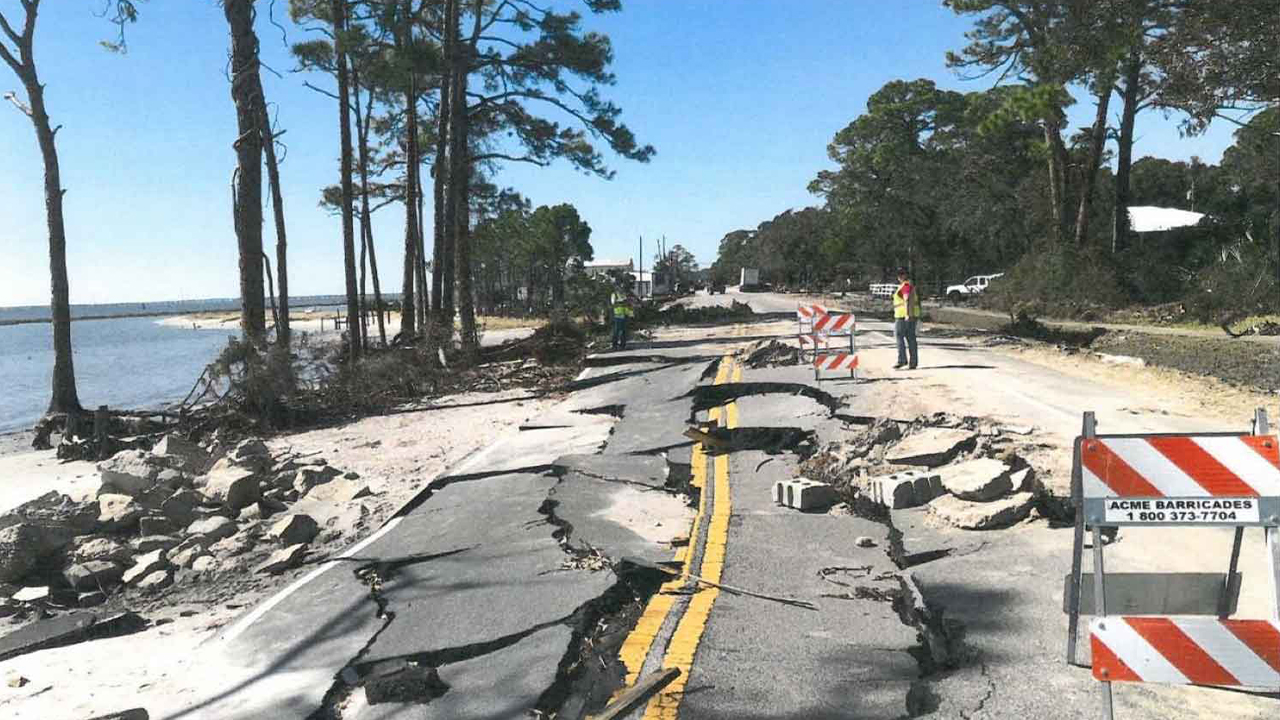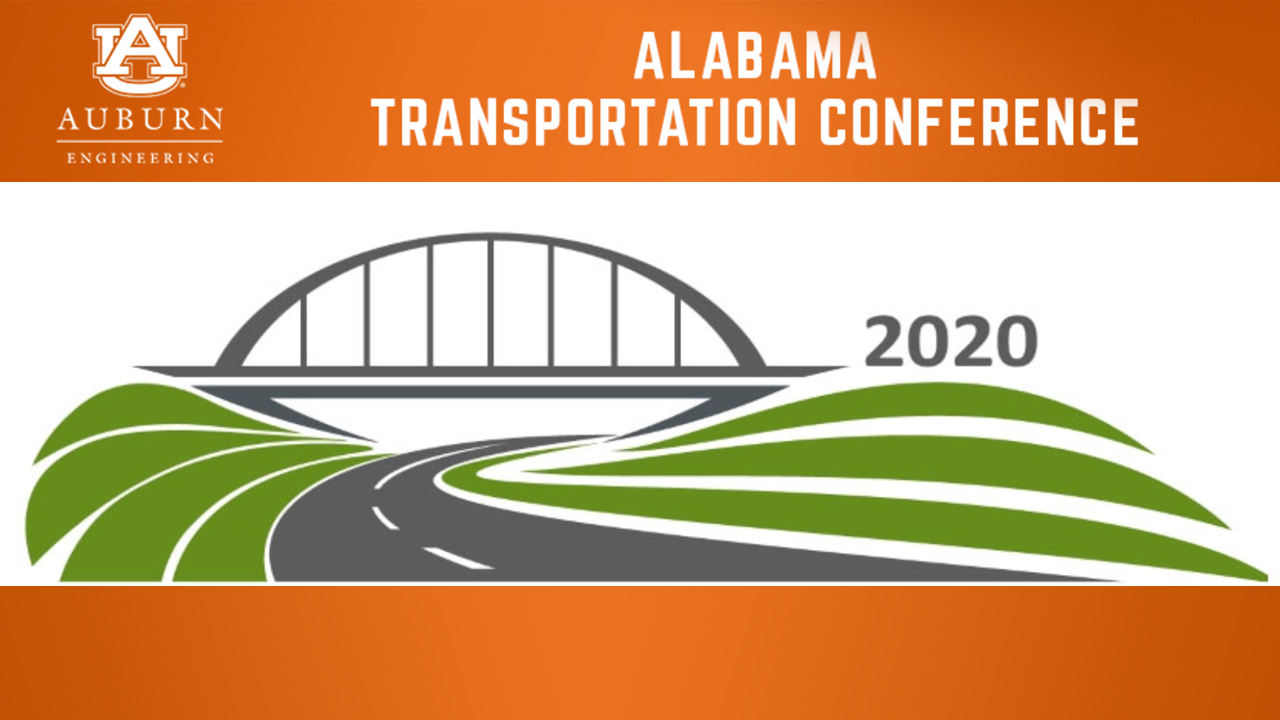College of EngineeringResearchCentersHighway Research CenterNews & Updates
Research Highlights
Evaluation of Sediment Basin Performance using Large-Scale Testing Techniques
By Michael A. Perez, Wesley N. Donald, Xing Fang and Jaime Schussler
Published: April 2022

This project evaluated the performance of standard and modified temporary sediment control basins through controlled, large-scale testing at the Auburn University - Stormwater Research Facility (AU-SRF). Modifications to the standard basin design included geotextile lining, upstream forebay, surface skimmer, porous flow baffles, and flocculant application. Performance was evaluated through measured sediment retention and turbidity reduction parameters.
Results and Recommendations
Results
Discharge turbidity, a measure of relative water clarity leaving the basin, was plotted against time in the figure below. Turbidity samples were recorded for the two hours following the first fill period to examine the performance of the basin immediately following a storm event. Samples were also recorded for the 48 hours following the second fill to evaluate the basin during extended dewatering. Sediment retention was quantified in the channel / forebay area when applicable, and bays 1-4. The sediment yield, or sediment discharged from the basin, is shown in gray in the figure below.
Discharge Turbidity for Basin Configurations

Sediment Capture in Basin

Recommendations & Implementation
The following recommendations should be considered based on research findings:
- Limit site disturbance and stabilize areas surrounding sediment basins;
- Direct inflow to a defined and stabilized conveyance channel;
- Adopt treatments included in the MFE-I as standard practice, with geotextile lining extending up to the ditch check practice upstream of the forebay;
- Construct auxiliary spillways on undisturbed ground where feasible to minimize embankment erosion potential;
- Apply flocculant on sites with fine-grained soils, or where less
than 80% of suspended sediment is expected to settle; - Provide designers, contractors, and inspectors with training for adopted basin techniques.
In addition to recommended design guidance, a spreadsheet-based tool was developed to aid in in-channel sediment basin implementation. The user can choose to input channel geometry, desired dewatering system and time, inflow hydrograph, site soil gradation, and expected water temperature in the basin environment. The tool outputs numerical tabulations and graphs related to basin stage, storage, discharge, particle settling, and suggested application of flocculant, and can be accessed at https://aub.ie/stormwatertools
News







































